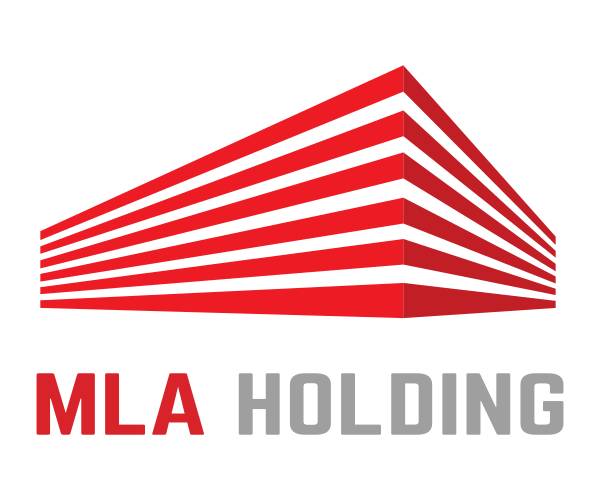Optimizing Costs in E-commerce Through External Logistics Warehouses

In today's world of e-commerce, the dynamic market development and rising customer expectations pose new challenges for logistic enterprises. One key aspect of an effective logistic strategy is cost optimization. One solution gaining increasing popularity in the e-commerce industry is the utilization of external logistic warehouses. In this article, we will explore the advantages and disadvantages of this approach and why it's worth considering.
Advantages of External Logistic Warehouses for E-commerce:
-
Optimization of Operational Costs: External logistic warehouses often offer more scalable and efficient warehouse solutions than internal company structures. This enables enterprises to manage operational costs more effectively, paying only for the actual space and services they need. According to the research by Kouvelis and Dong (1995), decentralized supply chain systems benefit from cost-effective coordination models, making external warehouses a strategic choice for cost-conscious e-commerce firms.
-
Flexibility in Peak Seasons: External warehouses allow easier adaptation to changes in peak seasons, such as holiday periods or promotions. Companies can rent additional warehouse space as needed, avoiding unnecessary costs during periods of lower demand. Research by Williams and Simchi-Levi (2016) emphasizes the importance of supply chain analysis in influencing agreements between buyers and suppliers, enabling e-commerce firms to adapt to variable demand.
-
Improved Delivery Efficiency: E-commerce companies can leverage the locations of external warehouses to minimize the distance between the warehouse and the customer. This contributes to faster and more efficient deliveries, enhancing the overall customer experience.
-
No Need for Infrastructure Investment: Renting external warehouse space eliminates the need for substantial investments in infrastructure. Companies can take advantage of existing warehouse infrastructure, resulting in significant financial savings.
Challenges Associated with External Logistic Warehouses:
-
Loss of Control over Processes: Outsourcing may involve a loss of control over logistic processes. However, a well-chosen logistics partner and appropriate supervision, as recommended by Kouvelis and Dong (1995), can mitigate this challenge.
-
Risk of Warehouse Unavailability: The risk of unavailability during peak periods can impact product availability. Ashton's (2009) insights into the "Internet of Things" highlight the role of real-time monitoring and rapid response, emphasizing the need for robust logistic strategies.
-
Additional Costs: Renting external warehouses may generate additional costs in terms of space fees, handling, and extra services. Companies should carefully analyze these costs and compare them with potential savings.
Contact Us to Explore Our Full Offer:
If you are considering whether external logistic warehouses could be beneficial for your e-commerce business, reach out to us. We offer comprehensive logistic solutions tailored to the individual needs of our clients. Our experts will gladly answer your questions and present a complete offer tailored to the specifics of your business.
Cost optimization in e-commerce is key to success in the dynamic online market. External logistic warehouses can be one of the tools that enable your company to effectively manage operational costs, adapt to changing market conditions, and offer customers excellent shopping experiences.
Author: Rafał Tatarczuch
References:
-
Kouvelis, P., & Dong, M. (1995). A review of coordination models and algorithms for decentralized supply chain systems. European Journal of Operational Research, 87(3), 409-428.
-
Williams, E., & Simchi-Levi, P. (2016). Does supplier performance risk influence buyer–supplier contracting? A supply chain analytics perspective. Journal of Operations Management, 44, 13-29.
-
Ashton, A. (2009). That 'Internet of Things' Thing. RFID Journal, 22(7), 97-114.
-
Meade, L., & Sarkis, J. (1998). Strategic analysis of logistics and supply chain management systems using the analytical network process. Transportation Research Part E: Logistics and Transportation Review, 34(3), 201-215.





